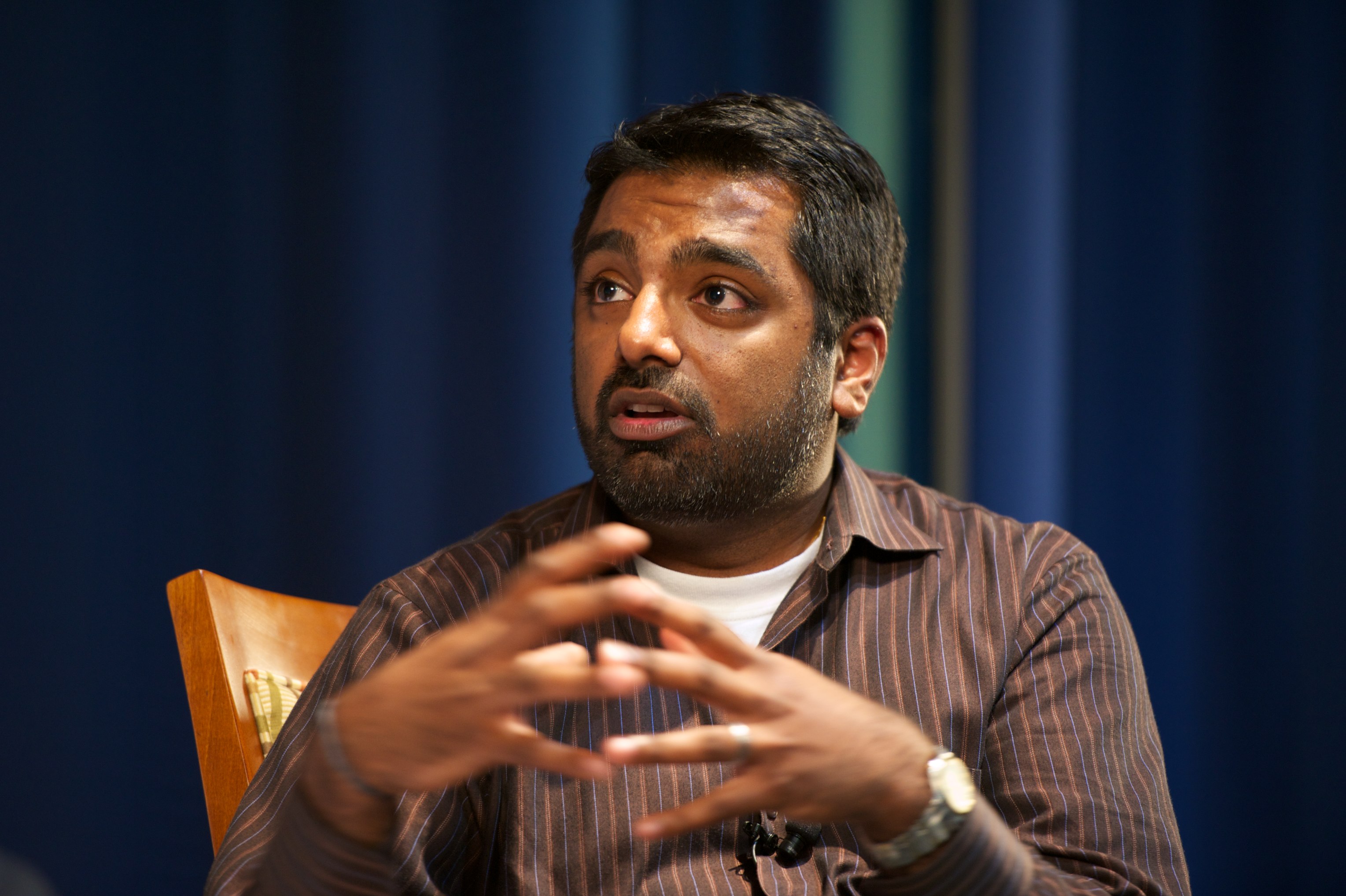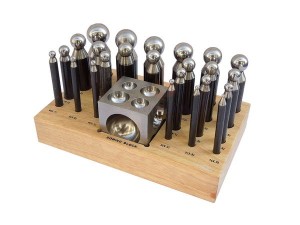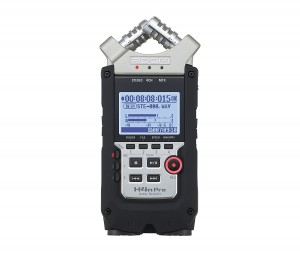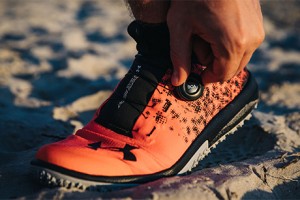Kishore Hari, Scientist

Cool Tools Show 124: Kishore Hari
Our guest this week is Kishore Hari. Kishore is a scientist/science educator who’s been building science events for the last decade, but he really sees himself as a community organizer for science. He’s currently the science correspondent at Adam Savage’s Tested.com and the host of the weekly science podcast Inquiring Minds.
Subscribe to the Cool Tools Show on iTunes | RSS | Transcript | Download MP3 | See all the Cool Tools Show posts on a single page
Show notes:

26-Piece Steel Dapping Doming Punch Block Set ($45)
“The reason I’m so obsessed with this tool as of late is I grew up reading comics, and the comics I read all featured this character Thanos, which has now entered the cultural mainstream with the Infinity War movie. Ever since I was about 10 or 11 years old, I wanted to build an Infinity Gauntlet so I could have control of all of the space and time, I guess. And with the emergence of all of these Marvel movies, people started creating all of this different versions of Infinity Gauntlets, like 3D-printed ones, and I wanted to make it in my own way. …And there are lots of way to do it, but I found somebody who was posting all these videos about hand-shaping metal. It’s not something I’ve ever thought of in my life or something that I’ve done since metal shop when I was a kid, but I have to say it’s one of the more satisfying things I’ve ever done is just pounding metal on mini anvils and shaping it slowly over time. Nothing comes out perfect. It has a lot of little nicks and scratches because I’m hand-shaping everything, but I love that. … Dapping is sort of what the set is referred to. It’s sort of the tools are called dapping sets. And there are all these different punches and anvils and other kind of components, and you use a hammer along with this dapping block. It’s mostly commonly used in jewelry-making, so a lot of jewelry makers have used this. … you can make different sort of textures using that tool and different hammer sets that come along with it, so you’re able to shape and create depth in the metal you’re creating. You can create different sort of structural elements. ”

Foldscope paper microscope
“Foldscope is one of the most exciting tools I’ve seen in a long time. Stanford professor Manu Prakash is this sort of like the poet laureate of the science world. I find him lyrical. And what he’s obsessed with is creating low-cost, high-quality scientific instruments as a hobby, and so one of the things he did was create a paper-based microscope where for, at scale, as little as 10 cents a microscope you can sort of fold different … a die kind of cut piece of paper along with these very cheaply constructed lenses and actually get up to 40x to 100x magnification so that you can build your own microscope in the middle of a field and examine stuff in real time. It’s an incredible piece of technology because of what that means is we could be out in the Saharan Desert or we could be in our backyard in your woods, and you could take out a microscope and all of a sudden actually be looking at the microscopic world in a different way.”

Zoom H4N PRO Digital Multitrack Recorder ($199)
“My H4N travels with me everywhere — recording has become a way of life for me. And it isn’t the newest, or best, etc. – this recorder has been incredibly reliable for me. This is basically the size of a soda can, and it’s been out for, I don’t know, probably eight, nine, 10 years, something like that since, this recorder first came out, so it’s not fancy. It’s just like the one I have just works. It gets really high-quality audio. It allows you to plug in microphone inputs. But moreover, it’s a story about the stories I’ve collected with this thing that just sound great because it’s simple to use and it’s so portable. It has allowed me to capture stories in the oddest of places. I use it every week for my science podcast, so my H4n has the voices of Nobel laureates on there to my mom. …this is a podcaster’s dream tool, I think, because it’s easy. It doesn’t go wrong unless you do something wrong, like forget to put batteries in it. I think it’s the gold standard for anyone recording audio, especially on the go.”

Boa System Shoes
“I don’t like tying shoes. I’ve never liked tying shoes, and if you were to really pin me down I would tell you that I am bad at tying knots, and I have been since I was like six. And so this is a silly thing, but I’ve always thought shoelaces are antiquated technology. I don’t understand why we all our tie our shoes, because there’s better things out there. A couple years ago I got turned onto this shoelace system called the Boa System, which is a ratcheting lace system. So your shoe is basically a slip-on, and you slip it on, and then there’s a gear on one of the sides of the shoe, and you just turn the dial, and it ratchets it down to the tightness you want. It takes a half-second for you to get the right tightness, and then you’re on your way. And to release, you just need to snap out there. You pull it — it has a quick-release — and your shoe just comes right off. I’ve never gone through TSA quicker than with this shoe system.”
Also mentioned:









